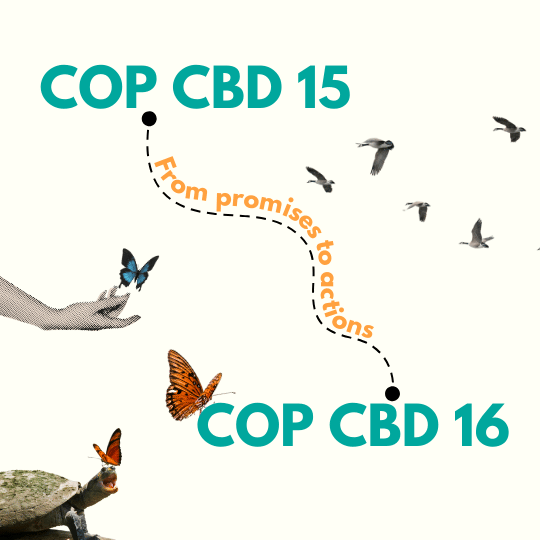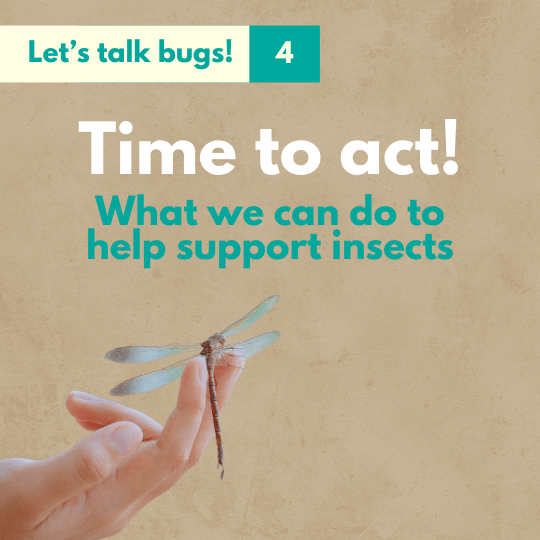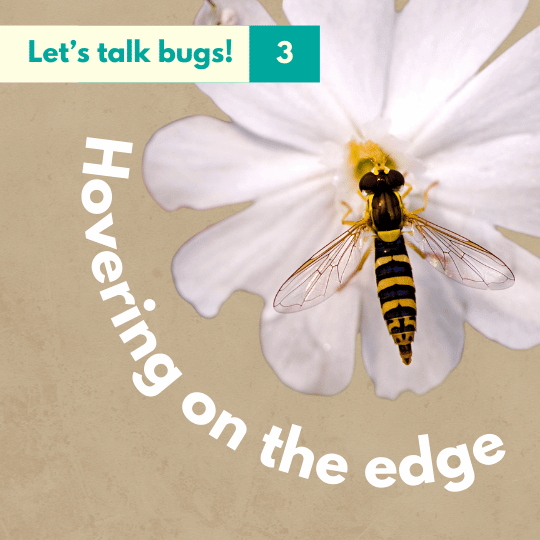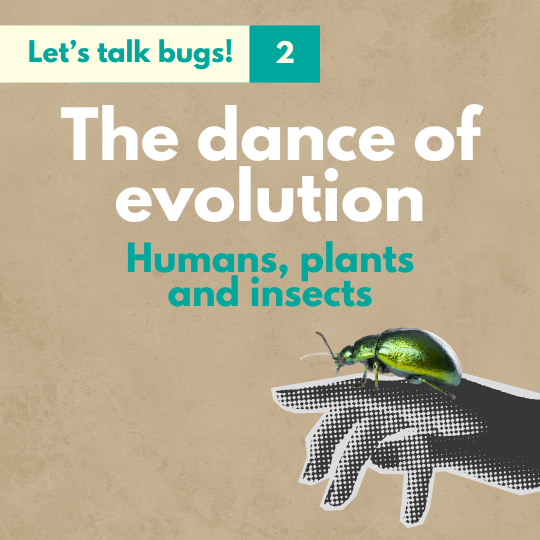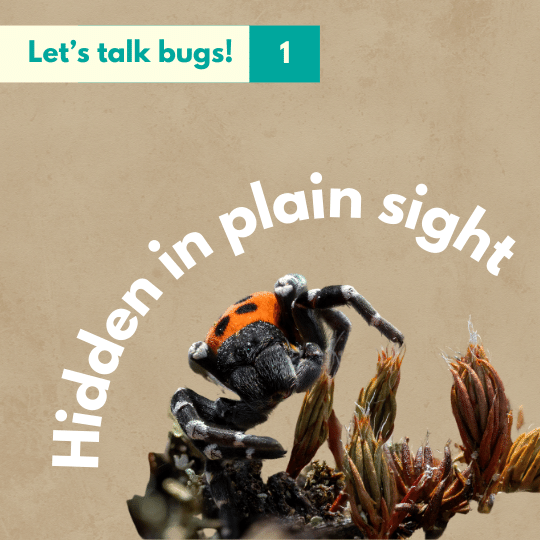Creatures of the dark
While nighttime activities are popular with humans for a few nights a year, some creatures keep it creepy all year round.
- October 31, 2024

Written by

Ashton Melfor
Contents

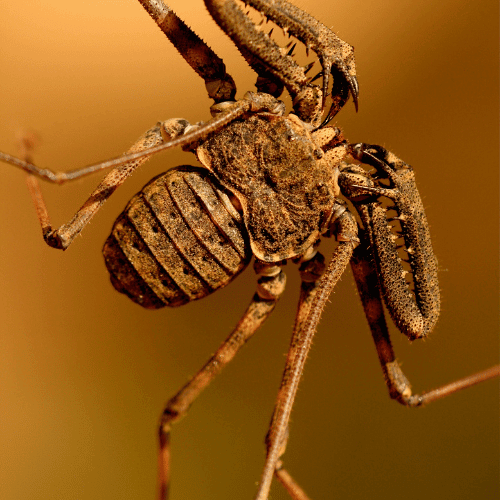
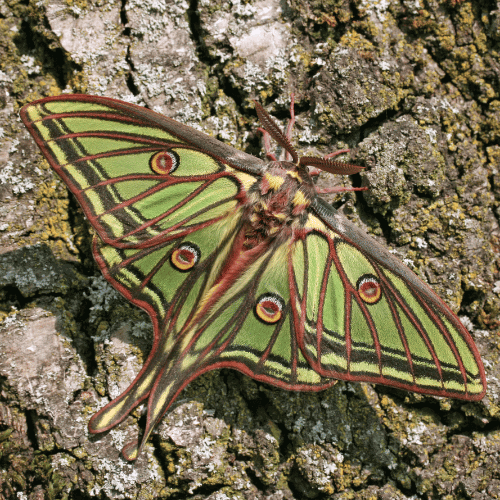



Share this article
For many people, Halloween is the one time of the year when being active at night is a must, whether to remember those who have passed or to celebrate the macabre and supernatural.
While nighttime activities like trick-or-treating, themed parties, and haunted house visits are popular with humans for a few nights a year, some creatures keep it creepy all year round.
Why choose to be active at night?
For years, scientists have studied the advantages of nocturnality. A recent study now suggests that activity in darkness provides a survival advantage. This research points to four key survival benefits that helped nocturnal creatures outlast their daytime counterparts, especially during mass extinctions.
Let’s meet a few of these eerie night dwellers!
Adorable but deadly
We’ll start with arguably the cutest animal on this list. The Loris. As the common name, Slow Loris, for the species in the genus Nycticebus suggests, these beady-eyed mammals are not the fastest. But don’t be fooled by their harmless appearance as Lorises are the only venomous primates on the planet.
These dwellers of the night are specially adapted to life in the dark. Having large eyes increases their ability to capture light, improving night vision. When threatened, lorises use their bare patch that secretes oil, mixing it with saliva to create venom. Despite being really slow, these animals are skilled hunters using their slow pace to sneak up on unsuspecting prey. Truly giving new meaning to the saying “silent but deadly”.
A true creepy crawler
Now we move to a true creepy crawler, the whip spider. Despite what the name may suggest, these are not true spiders. Unlike true spiders in the order Araneae, whip spiders belong to the order Amblypygi. (See our previous article on why neither are insects!)
Whip spiders are, like their namesake, predators, hunting all kinds of arthropods. But unlike spiders, they do not possess silk glands for making webs. For this reason, they have developed an active hunting strategy. Using their modified legs, they sense prey items, once found they sprint towards them and grab the prey item with their spikey pedipalps. Witnessing this in action is sure to create an unsettling feeling in anyone. Whip spiders are found primarily in tropical to subtropical climates. They prefer moist dark places coming out to hunt when most of us are asleep.
Endangered Beauty
For the third and final animal on our list, we stay in the realm of arthropods. Ever heard of the moon moth? Saturnia isabellae or Spanish moon moth is a moth in the large family called Saturniidae. Like most moths the Spanish moon moth flies during the night, searching for a partner or places to lay their eggs.
As the name suggests it is found in Spain, specifically the Pyrenees. What makes this species so special is that it lives in a relict population.
What is a relict (refuge) population?
A relict population is a remnant group of organisms that has survived in a restricted area after once being more widespread and diverse, often due to physical or climatic changes in its habitat.
During the last ice age, this species was more abundant, being well-adapted to the cold. However, as the climate changed it has been confined to all but the coldest parts of the Pyrenees. There its caterpillars feed on pine needles.
Having a restricted and fragmented range and with anthropogenic climate change further threatening its refuge habitat, means that this species is strictly protected under the EU Habitats directive.
So, this Halloween, when you’re out trick-or-treating or visiting a haunted house, remember at sundown all manner of mysterious creatures come alive. Keep your eyes peeled and who knows what you may come across.
More articles about biodiversity
Our mission
 YEE aims to unite environmental youth non-profit organisations in Europe in order to enhance international cooperation, increase knowledge about the climate crisis, raise awareness of environmental problems and to strengthen participation of youth in environmental decision-making.
YEE aims to unite environmental youth non-profit organisations in Europe in order to enhance international cooperation, increase knowledge about the climate crisis, raise awareness of environmental problems and to strengthen participation of youth in environmental decision-making.
Get in touch
Vinohradská 2165/48
120 00 Praha 2 – Vinohrady
Czech Republic
E-mail: yee@yeenet.eu


Financially supported by the European Youth Foundation of the Council of Europe. The views expressed do not necessarily reflect the official position of the Council of Europe


